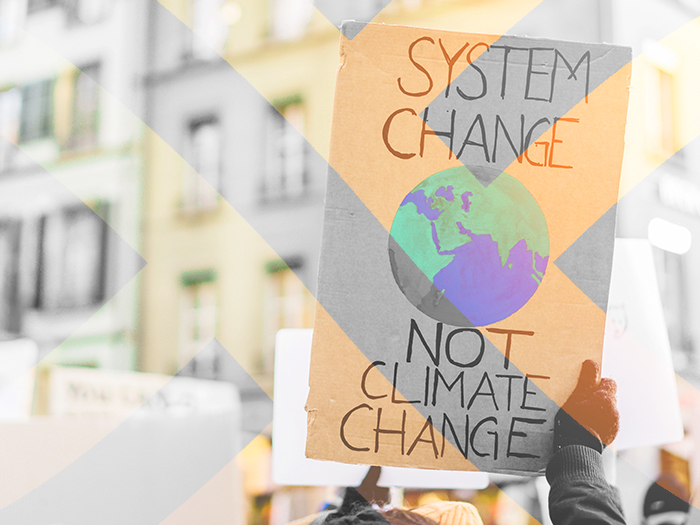Insights
better business decisions
Posted 3 years ago | 2 minute read

Japan faces tight power supplies this summer
This summer Japan’s reserve rate at the time of maximum demand in the Tohoku, Tokyo, and Chubu areas is 3.1% – the toughest outlook since 2017.
In its outlook setting out forecasts of electricity supply and demand for summer and winter of 2022, the Ministry of Economy, Trade and Industry (METI) and the Agency for Natural Resources and Energy noted that Japan is facing the triple challenge of insufficient supply capacity due to the closure of nuclear power following the Fukushima earthquake, the economic recovery from the Covid-19 pandemic increasing demand and fuel supply concerns resulting from the situation in Ukraine. As a result, the summer reserve rate has been forecast at 3.1% in the north-east to central areas.
To mitigate the risks of supply shortages the government will make a public call for supply power (kW) and electricity (kWh) as supply. A supply capacity of 1.2GW and a power volume of 1B kWh will be sought as part of the process. It will also work with generators to guarantee maximum operation of renewable energy power supply by thorough equipment maintenance and maxise utilization of safe nuclear power based where possible.
The government has also called on electricity retailers to consider securing supply capacity, hedging risks and expanding demand response contracts through the use of negotiated contracts and the futures market. Looking further ahead the report notes the importance of demand response as a crucial tool in managing the grid of the future and said measures will be taken to encourage its widespread adoption.
This report follows the publication of the Organization for Cross-regional Coordination of Transmission Operators’ (OCCTO) Aggregation of Electricity Supply Plans for FY2022 report, which compiles electricity supply plans submitted by 1,738 power suppliers, and provides a forecast of demand through FY2031.
According to the report, overall installed capacity is expected to increase over the 10-years after FY2021. By power source, hydroelectric and nuclear power will remain constant, and renewables (other than hydroelectric) are expected to increase by about 39.59GW. The overall installed capacity of thermal power will decrease by 1.2GW, oil is expected to decrease by 10.14GW, while the capacity of coal and LNG is expected to increase by 3.97GW and 4.97GW, respectively.








